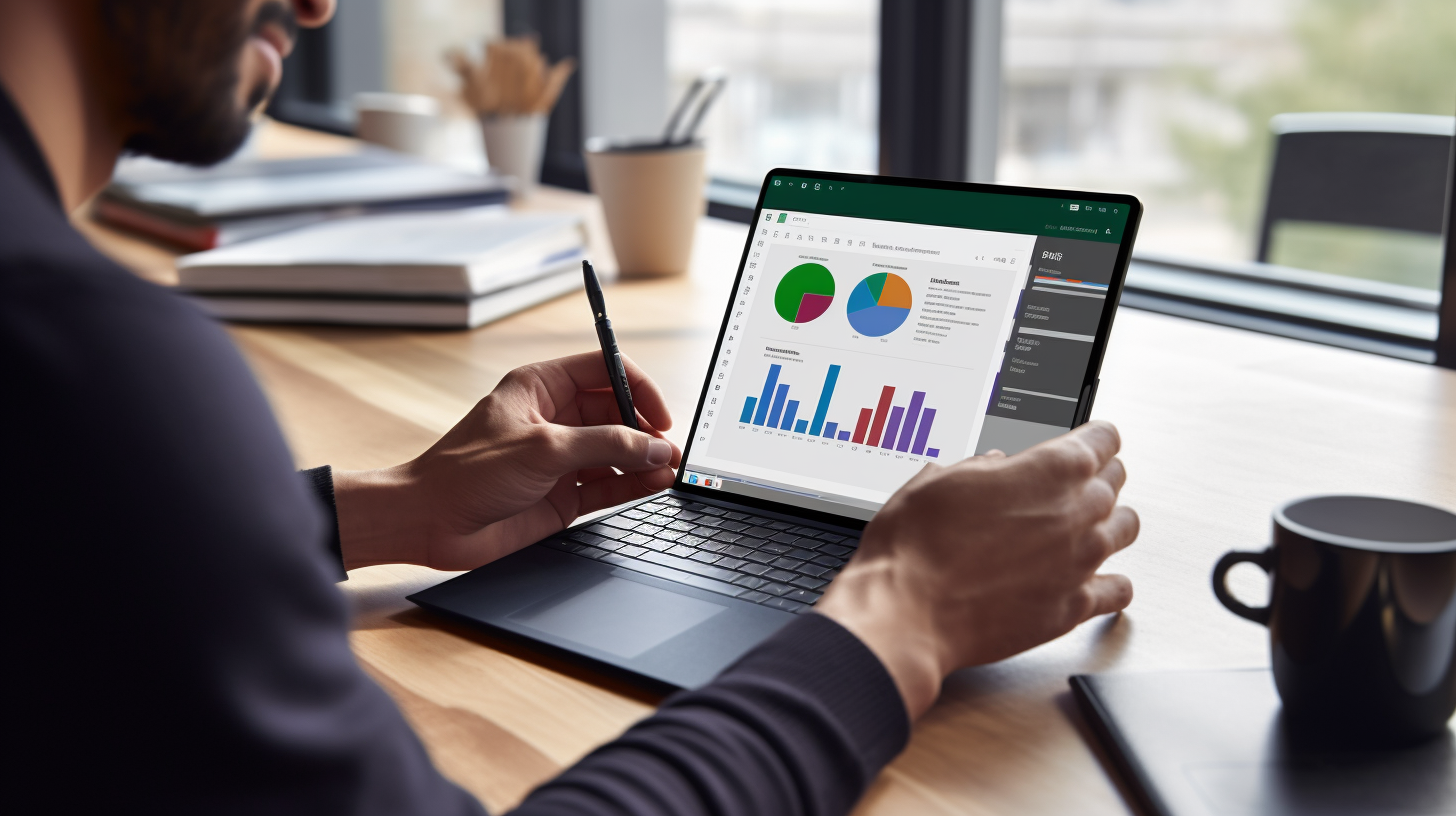Microsoft has officially announced bythat Windows 10 will not receive any more feature updates, only security patches. This means that anyone looking for new features or improvements will have to upgrade to Windows 11. But why is this important and how can it be done? In this article we'll tell you everything you need to know about this change.
History of the Windows 10
Windows 10 was released in July 2015 as Microsoft's latest and greatest operating system. Windows 10 brought many new features such as Cortana digital assistant, Edge browser, Xbox integration, virtual desktops, Notification Center and Windows Hello biometric identification. Windows 10 has become popular and successful: it is currently running on more than one billion devices worldwide and most users are happy with it.
Comparison of Windows 10 and Windows 11
There are many differences between Windows 10 and Windows 11 that may influence users' decisions on which system to choose. Here are some important considerations:
- Design: the Windows 11 has been given a completely new look that is more streamlined, modern and elegant. Everything from the corner rounding to the icons to the start menu has changed. The Windows 10, on the other hand, retains the classic design that many people are used to and comfortable with.
- System requirements: Windows 11 has higher hardware requirements than Windows 10. Some older or weaker devices cannot officially run Windows 11. Microsoft has published a list of processors and motherboards with which Windows 11 is compatible.
- Compatibility: Windows 11 does not officially run on all devices. Microsoft has published a list of processors and motherboards on which Windows 11 is compatible. However, Windows 10 can run on many more devices and does not require a TPM.
- Performance: the Windows 11 is faster and more efficient than the Windows 10. According to Microsoft, the Windows 11 uses up to 32 percent less memory than the Windows 10 and starts up to 40 percent faster. The Windows 11 also makes better use of modern hardware such as SSDs, NVMe and DirectX 12 Ultimate.
- Security: Windows 11 is more secure than Windows 10. According to Microsoft, Windows 11 is the most secure version of Windows ever, with built-in protection against viruses, ransomware and spyware. Windows 11 also supports new security features such as BitLocker Device Encryption, Azure Active Directory Join and Application Guard for Office.
- Extra features: Windows 11 offers more extra features than Windows 10. Windows 11 allows you to run Android apps through the Amazon Appstore, integrates Microsoft Teams into the Start menu, adds new widgets and themes, and revamps the Windows Store. Windows 11 also supports new window management features, such as Snap Layouts and Snap Groups, to help you organize your apps.
Advice for users
If you're convinced that you should make the switch to Windows 11, here are some tips on how to do it for free or cheap:
- Check that your device meets the system requirements of Windows 11. You can do this using the Microsoft PC Health Check app or other online tools.
- If your device is eligible for Windows 11, you can update it for free via Windows Update. To do this, first update your Windows 10 to the latest version (22H2), then wait until you see a notification that the Windows 11 update is available. This may take several months depending on your device and the region you live in.
- If you don't want to wait for an update or if you don't have an internet connection, you can download and install Windows 11 yourself from a USB drive or DVD. You can do this using the Microsoft Media Creation Tool or other online tools.
- If your device is not officially eligible for Windows 11 but you still want to try it, there are a few ways to bypass the system requirements and install Windows 11 on an unsupported device. To do this, you can use the Windows 11 ISO file and a special installer that disables TPM and Secure Boot checking. But beware: these methods are unofficial and not guaranteed, and may put your device and data at risk. Also, you may not receive updates or support from Microsoft.
- If you can't or don't want to switch to Windows 11, don't worry: Windows 10 will still be usable and safe until 2025. Microsoft will continue to release security patches and bug fixes every month. In addition, many applications and games will continue to work on Windows 10. But remember: if you want new features or improvements, you have no choice but to upgrade to Windows 11.
The 10 years of Windows are over: no more feature updates. Microsoft recommends that everyone migrate to Windows 11, which is faster, more secure and more creative than its predecessor. Windows 11 brings many new features, such as support for Android apps, Microsoft Teams integration, new widgets and themes, and new window management features. The Windows 11 update can be free or low-cost if your device meets the system requirements. If not, there are a few ways around these, but they are unofficial and not guaranteed. Windows 10 will still be usable and secure until 2025, but it will not get any new features or improvements.
And what do you think about this change? Will you switch to Windows 11? Why yes or why no? Leave your opinion in the comments!


